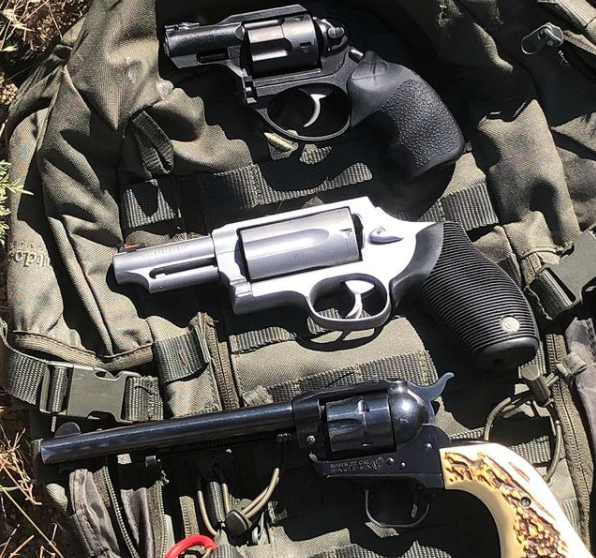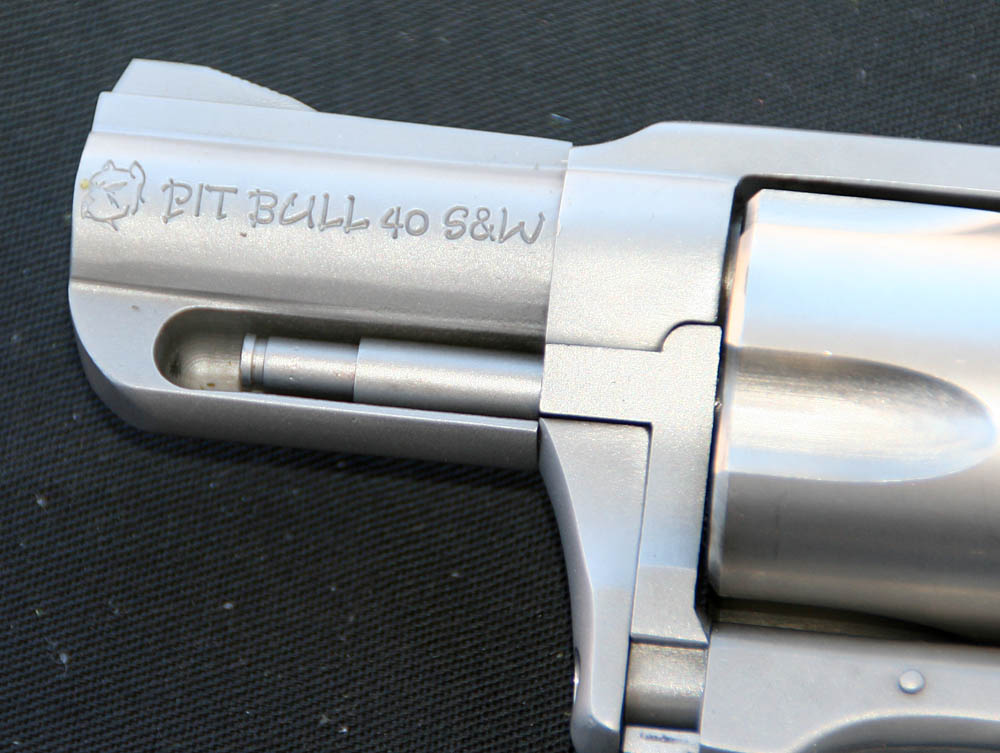

With most ammunition types the muzzle velocity tends to be between 7 feet per second (215 and 305 meters per second, respectively). The Bulldog is apparently intended for light, fast bullets, as with heavier and slower bullets it is less accurate. The falling hammer strikes the transfer bar, which in turn strikes the firing pin, discharging the weapon. Under normal firing circumstances a small steel bar (called a transfer bar) is raised when the hammer is cocked, placing it into a position between the firing pin and the hammer itself. When the gun is fired, the hammer does not actually strike the firing pin. According to reviews, it is more accurate than expected for a revolver of its size and type but probably not enough to be called an "accurate" weapon. The accuracy of the Bulldog is aided by its trigger pull. Most critics believe the best way to employ the Bulldog is self-defense. If a large quantity of residue piles up inside the revolver because of heavy usage, the cylinder cranes axle screw can be removed and the cylinder pulled out from the gun for cleaning. Its triggerpull, in both single and double-action modes, is quite light. The Bulldog is a solid framed double action revolver with a five-round cylinder which can be opened by pushing a release slide on the left of the gun, or in the original model by pulling the ejector rod. It can be concealed easily because of its small size, and has no sharp edges to contend with when carrying the weapon in a holster or a pocket. Like most Charter Arms weapons, the Bulldog is a relatively inexpensive yet serviceable, no-frills, snubnosed revolver.
#Buds guns charter arms revolvers series
44 Caliber Killer" and the "Son of Sam" who was responsible for a brutal series of attacks and murders in New York City during 1976–1977 (before he was caught due to a parking ticket).
#Buds guns charter arms revolvers serial
The Bulldog was used by the infamous serial killer David Berkowitz aka "The.

In June 2007, a version of the Bulldog with new features began to be produced by another company named Charter Arms, but this time was distributed by MKS Supply. The original model had no ejector-shroud and the aluminum front sight was soldered to the barrel. It was produced again by Charter 2000 this company, which failed also, improved the weapon with a one-piece barrel, front sight, ejector-shroud assembly. Some time later, manufacturing began again under the Charco (descendant company of Charter Arms) trademark, but this company also filed bankruptcy the models produced during this period showed obvious production flaws. Bulldog production has been stopped a few times since 1992, when Charter Arms (the original manufacturer) went bankrupt. By the mid-1980s, more than half a million units had been produced and nearly 37,000 were being manufactured every year. Its design and execution, which were quite modern at the time, caught the attention of the gun press and combat shooters. It was one of the best-selling weapons of the 1970s and the 1980s in the United States. It has been produced by four different companies since it was released.ĭesigned by the founder of the first version of Charter Arms (now defunct), Doug McClenahan, the Bulldog was released in 1973. It was a top-selling gun during the 1980s and it is considered as Charter Arms' trademark weapon. 357 Magnum cartridges with a length of 7.2 inches (184 mm) and 6.7 inches (171 mm) and barrel lengths of either 2.5 inches (64 mm) or 2.2 inches (56 mm). The Bulldog is a 5-shot double action revolver designed by Doug McClenahan and produced by Charter Arms.


 0 kommentar(er)
0 kommentar(er)
